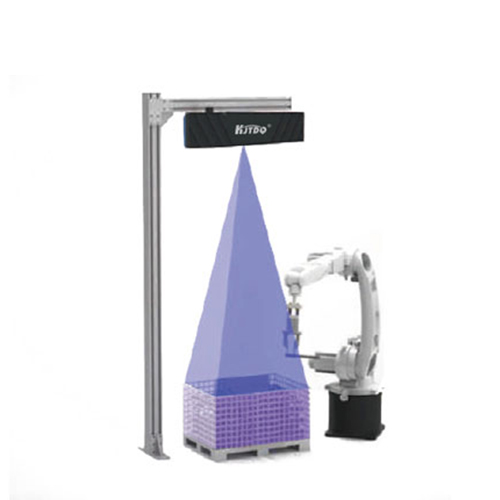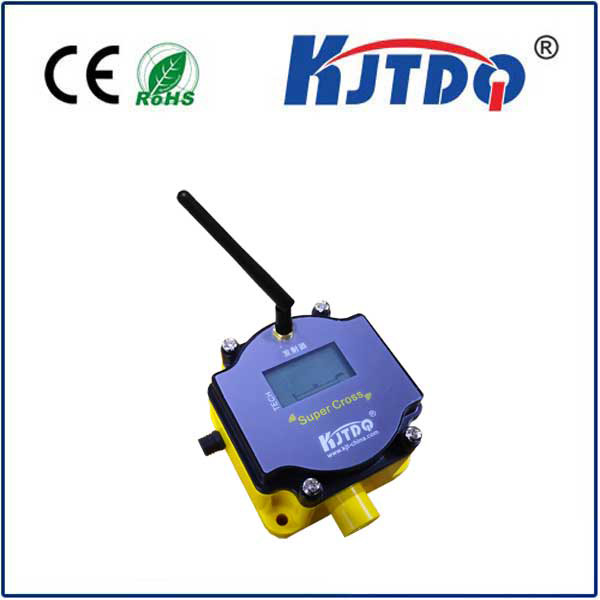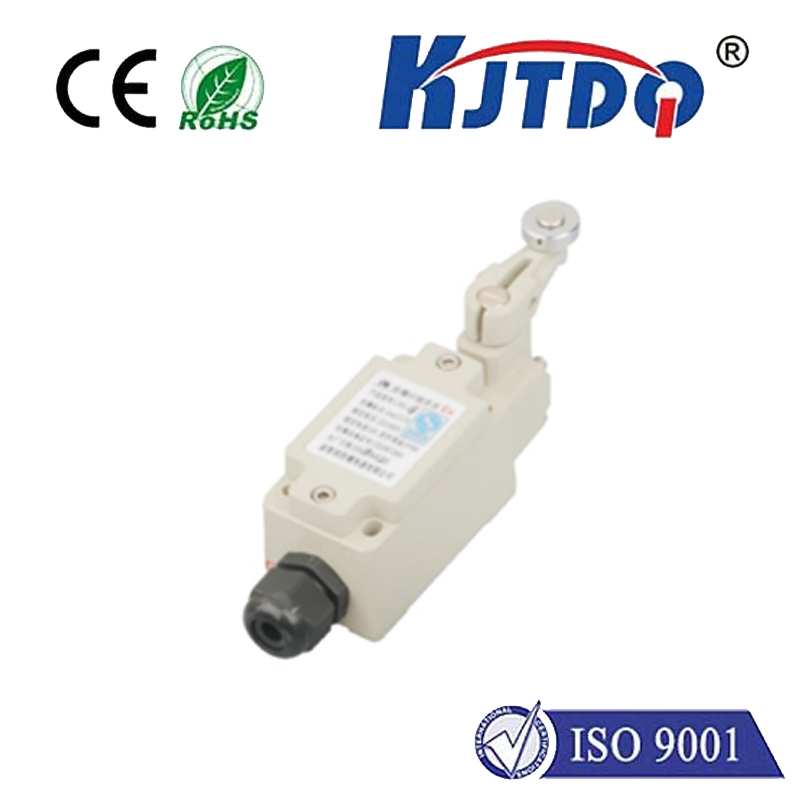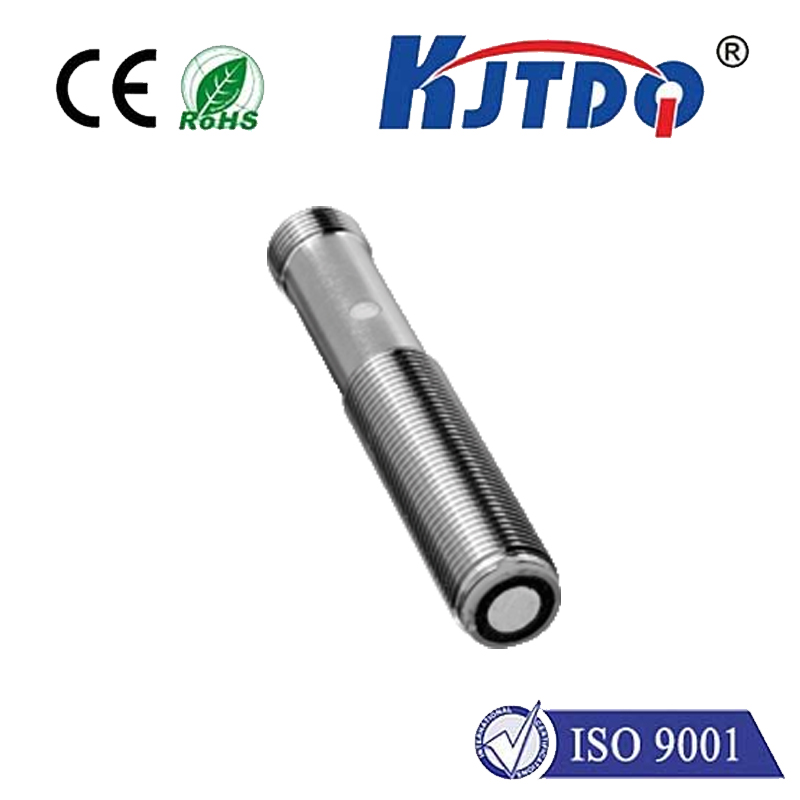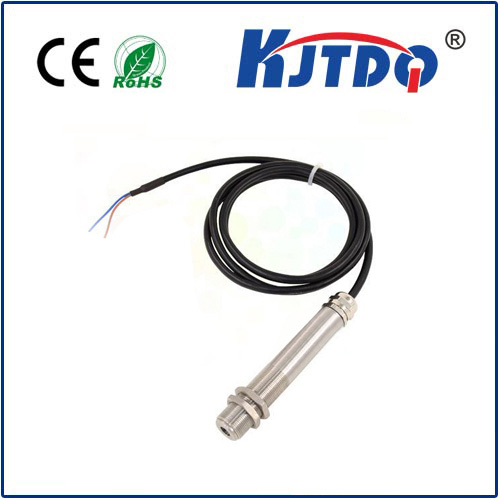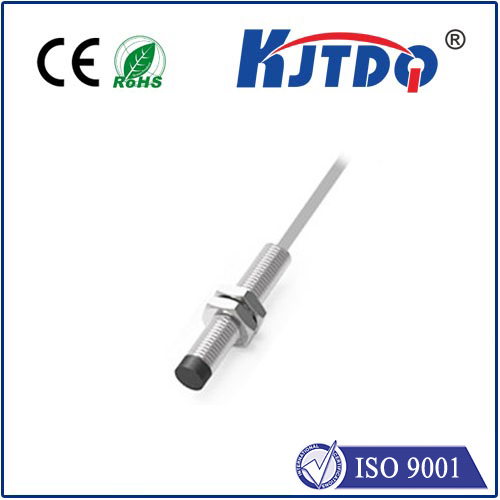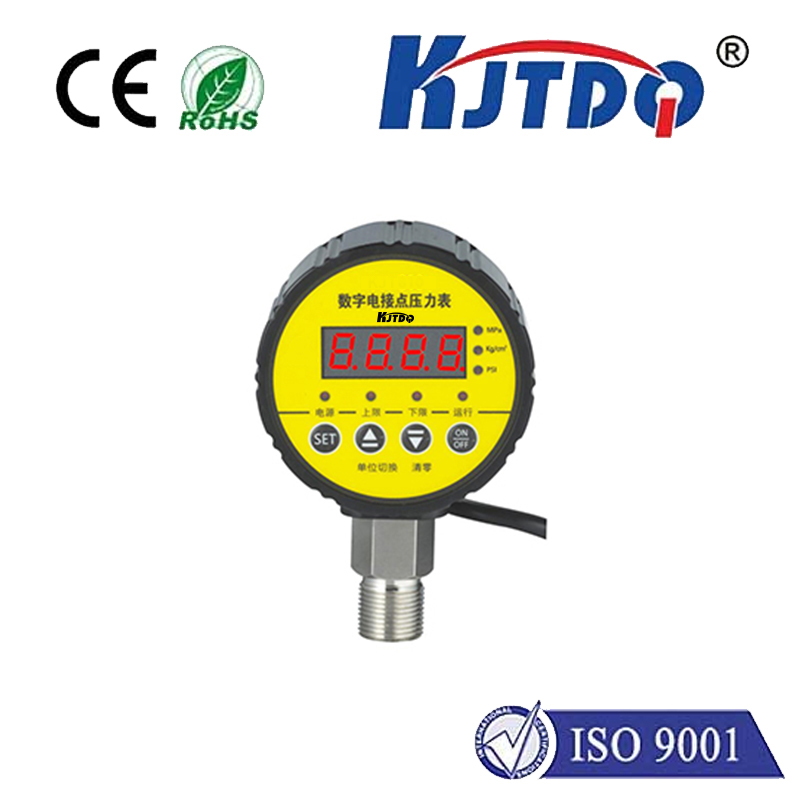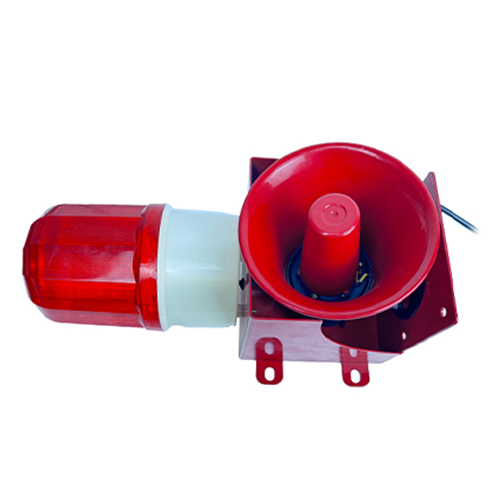5V Фотоэлектрический датчик
- time:2025-07-28 08:52:31
- Нажмите:0
Unlocking Efficiency: The Essential Guide to 5V Photoelectric Sensors
In the intricate dance of modern automation, countless unseen components work tirelessly to ensure precision, safety, and efficiency. Among these silent heroes, the Фотоэлектрический датчик stands out, its beam of light acting as an invisible sentinel. But not all sensors are created equal. When compatibility, low power, and integration with sophisticated control systems are paramount, the 5V photoelectric sensor emerges as a crucial solution. This guide delves into the world of these versatile devices, exploring their operation, unique advantages, diverse applications, and key selection criteria.
The Silent Watchman: How Photoelectric Sensors Work
At its core, a photoelectric sensor is a simple yet brilliant device. It consists of an emitter (usually an infrared LED or laser diode) that projects a light beam and a receiver (a phototransistor or photodiode) that detects it. The fundamental principle involves monitoring changes in the received light beam.
There are three primary operating modes:
- Through-Beam (Opposed Mode): Emitter and receiver are separate units facing each other. An object is detected when it interrupts the beam traveling from the emitter to the receiver. This mode offers the longest sensing distances and highest reliability.
- Retroreflective: The emitter and receiver are housed in the same unit. A retroreflector (a special mirror) is placed opposite the sensor, bouncing the emitted beam back to the receiver. Detection occurs when an object interrupts the reflected beam. Easier alignment than through-beam but sensing distance is shorter.
- Diffuse (Proximity Mode): Both emitter and receiver are in one housing. The sensor detects an object when the emitted light reflects off the target object and returns to the receiver. Simplest to install as it doesn’t require a separate reflector or receiver unit, but sensing distance is shortest and performance is most affected by the target’s color, texture, and reflectivity.
Why 5V? The Significance of Voltage in Automation

Voltage specification is a critical factor in sensor selection. Unlike the more common 10-30V DC industrial sensors, 5V DC photoelectric sensors cater to specific needs within the broader automation landscape:
- Microcontroller & Logic Circuit Compatibility: 5V is the standard operating voltage for many microcontrollers (like the ubiquitous Arduino), development boards (Raspberry Pi GPIO), and digital logic circuits (TTL, CMOS). A 5V sensor outputs a signal that these components can directly interpret without requiring additional level-shifting circuitry. This seamless integration is perhaps the single biggest advantage.
- Low Power Consumption: Operating at 5V inherently requires less power than higher voltage sensors. This is crucial in applications powered by batteries (portable devices, remote monitoring stations) or energy-conscious systems where minimizing overall power draw is essential.
- Embedded Systems & Prototyping: The world of robotics, IoT devices, custom machinery, and rapid prototyping relies heavily on 5V logic. Integrating a 5V photoelectric sensor into these systems is straightforward, eliminating voltage conversion headaches and simplifying design.
- Precision Applications: Lower voltage systems can sometimes offer advantages in noise immunity and signal integrity in tightly packed electronic environments, contributing to stable and reliable detection in sensitive setups.
Where the 5V Sensor Shines: Key Applications
The unique voltage profile of these sensors dictates their ideal deployment scenarios:
- Robotics & Robotic Arms: Precise object detection for pick-and-place operations, end-of-arm tooling feedback, and safety interlocks within robot workcells often rely on 5V compatible control logic.
- Prototyping & Hobbyist Projects (Arduino/Raspberry Pi): Makers and engineers building custom automated solutions frequently leverage 5V photoelectric sensors for tasks like counting objects on a conveyor belt model, triggering events based on presence, or creating optical encoders.
- Low-Power & Portable Devices: Battery-operated inspection tools, mobile sensor platforms, and remote monitoring equipment benefit significantly from the lower energy demands of a 5V sensor.
- Embedded Systems Integration: Complex machinery with custom control boards designed around 5V logic seamlessly incorporate these sensors for position verification, part counting, or jam detection.
- Small-Scale Automation & Laboratory Equipment: Benchtop testers, sample handlers, medical analyzers, and specialized industrial equipment often utilize 5V control systems where these sensors fit perfectly.
- Consumer Electronics Manufacturing: Certain stages in high-precision electronics assembly lines may utilize 5V sensors integrated into specialized test fixtures or placement machines.
Choosing the Right 5V Photoelectric Sensor: Key Considerations
Selecting the optimal sensor involves evaluating several critical factors beyond just the voltage:
- Sensing Mode: Choose Through-Beam, Retroreflective, or Diffuse based on required sensing distance, environmental constraints, target characteristics, and ease of installation.
- Sensing Distance: Ensure the sensor’s specified operating range meets your application’s physical requirements. Remember that diffuse mode offers shorter ranges than through-beam. Always consult the manufacturer’s datasheet for guaranteed performance.
- Output Type: Digital Output (NPN/PNP): Most common. Provides a simple HIGH/LOW (or ON/OFF) signal indicating detection. Choose NPN (sinking) or PNP (sourcing) based on your controller’s input requirements. Some sensors offer Analog Output representing distance or light intensity.
- Target Characteristics: The size, color, surface texture (matte vs. shiny), material (transparent, opaque), and even the expected speed of the target object significantly impact sensor choice. A diffuse sensor might struggle with a black matte object, while a transparent bottle might require a specialized through-beam sensor.
- Environmental Conditions: Consider potential challenges like ambient light (sunlight or powerful lamps), dust, fog, steam, splashing liquids, temperature extremes, or vibrations. Look for sensors with appropriate IP ratings for dust/water resistance and specifications for operating temperature range.
- Response Time: How quickly can the sensor react to the presence or absence of an object? Crucial for high-speed applications.
- Connector Type & Cable Length: Ensure compatibility with your control system’s wiring and the required reach.
Installation and Maintenance: Ensuring Peak Performance
Proper installation is key to reliable operation. Carefully align through-beam and retroreflective sensors. Ensure diffuse sensors have a clear view of the target zone, considering the background. Secure cables to prevent strain or damage. Regular maintenance involves:
- Keeping the lens surfaces clean from dust, oil, or debris (use appropriate cleaning methods per manufacturer guidelines).
- Periodically verifying alignment, especially in environments prone to vibration.
- Monitoring performance for any signs of degradation (weaker signal, intermittent detection).
Conclusion: A Vital Component in Modern Control
The 5V photoelectric sensor is far more than just a reduced-voltage variant; it’s a vital enabler for a specific, rapidly growing segment of automation and electronics. Its inherent compatibility with the core logic voltage driving countless microcontrollers, embedded systems, and prototypes makes it indispensable for engineers, technicians, and hobbyists alike. By understanding their operating principles, key advantages – particularly in low-power and microcontroller-integration scenarios – and carefully selecting based on application requirements, you unlock the power of light detection to create smarter, more efficient, and seamlessly integrated automated solutions. Whether guiding a robot arm, counting components on a DIY project, or ensuring precision in a scientific instrument, the 5V photoelectric sensor stands ready as a reliable and versatile detection solution.







